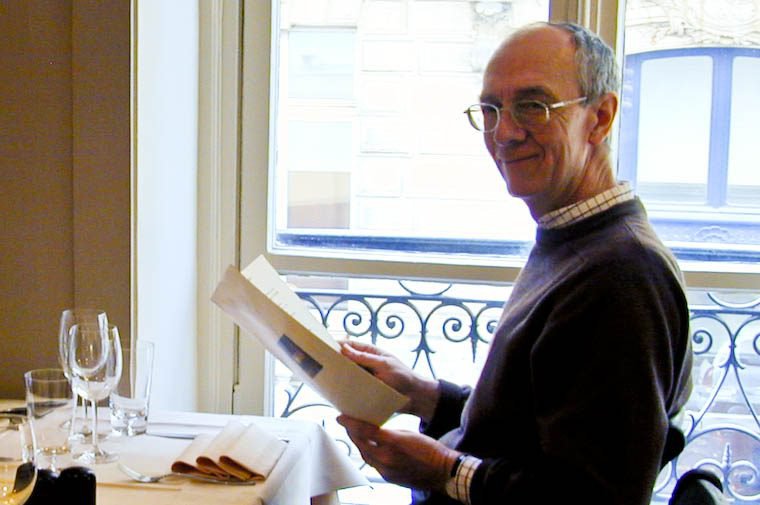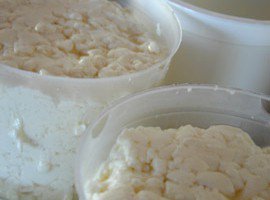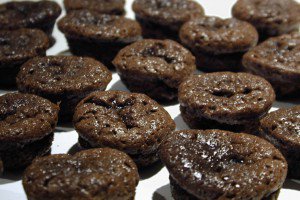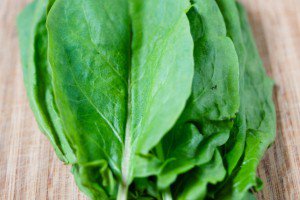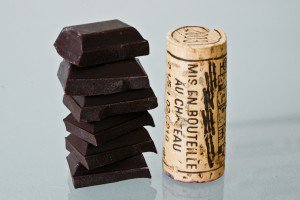In my post about Pissaladière, I alluded to my father’s signature vinaigrette. Such a teaser could not go by unnoticed, and many of you expressed an eager curiosity. The request for more information was passed on to my father, and I will now step aside, and let you read his reply :
Yes, perhaps the time has now come for the secret recipe of CDV (“Clotilde’s Daddy’s Vinaigrette”) to be revealed to the astonished (and expectant) world. To be secretive is one thing, to be selfish another. This has been a family secret from times immemorial, handed down countless generations from Father to Son. But I have only two (lovely, bright, charming and adorable) daughters, and no son to take over the heavy burden from me. So here we go.
First, let me say that making a Vinaigrette is not only an art, it’s also a science. You must carefully consider:
– the list of ingredients
– their quality
– their quantity, both relative and absolute
– the size, nature, form and shape of the bowl and of the spoon
There are many other significant parameters, of course, which we will ignore at this stage, since this is just Vinaigrette Making 101, after all. For the record, let me mention:
– the room temperature
– the atmospheric pressure
– the direction of the wind, and its force (you can’t very well use the same vinaigrette method in a leisurely south-westerly breeze, and in a severe northern gale force 9, imminent.)
I use sunflower oil, made from carefully selected sunflowers growing in a very small plot of land in Brittany, picked up once a year at Summer Solstice day by Druids in white robes, with a golden scythe, chanting extracts from Lord of the Rings. Only the sunflowers in direct alignment with the setting sun are considered fit. The yearly production does not exceed a few drams.
The vinegar I use comes from bottles of preserved Ukrainian gherkins, once you’ve thrown away the gherkins. They give a distinct taste, though: they are handpicked by Ukrainian certified maidens of no more than 13 years of age, pickled (the gherkins, not the maidens) in a mixture of vodka and special herbs found only on the western slopes of the Ural, and moved from cask to cask of borscht-smoked oak wood over a period of no less than a decade. Ukrainian Gherkin Vinegar Tasting is something, I assure you, that I would not wish upon my worst enemy.
I use marine salt, extracted from the Atlantic waters off the coast of the Ile de Sein.
As for the mustard, you will surely have guessed that it is none other than the Maille Moutarde Fine de Dijon. You could also use Amora Moutarde Extra Forte, if you’re desperate. Both are to be found almost anywhere in France. They’re as common as oxygen. In fact, in some places, there is more mustard than oxygen. This is not so in some deprived countries, and a good friend of mine in Seattle recently begged me to send him two pots of Amora: he had tried to quit after having lived in France, but to no avail. And his local dealer had got arrested by the cops. Just goes to show what acquired tastes can lead to.
But having come this far, I find I must pause. Is it right that I should reveal the secrets of the Vinaigrette? Is the world ready for it? I can feel the shades of my forebears crowding before me, waving their spectral hands at me and admonishing me to go no further. I may have already said too much. At least, I haven’t given out the exact proportions, or the Magic Ratio (quantity of vinegar expressed in millilitres, over the total area of lettuce leaves expressed in square inches, not forgetting that each leave has two sides, a common mistake). It could have been worse. Anyway, once you have gathered the correct ingredients, you can work out the rest by yourselves, I’m sure!


